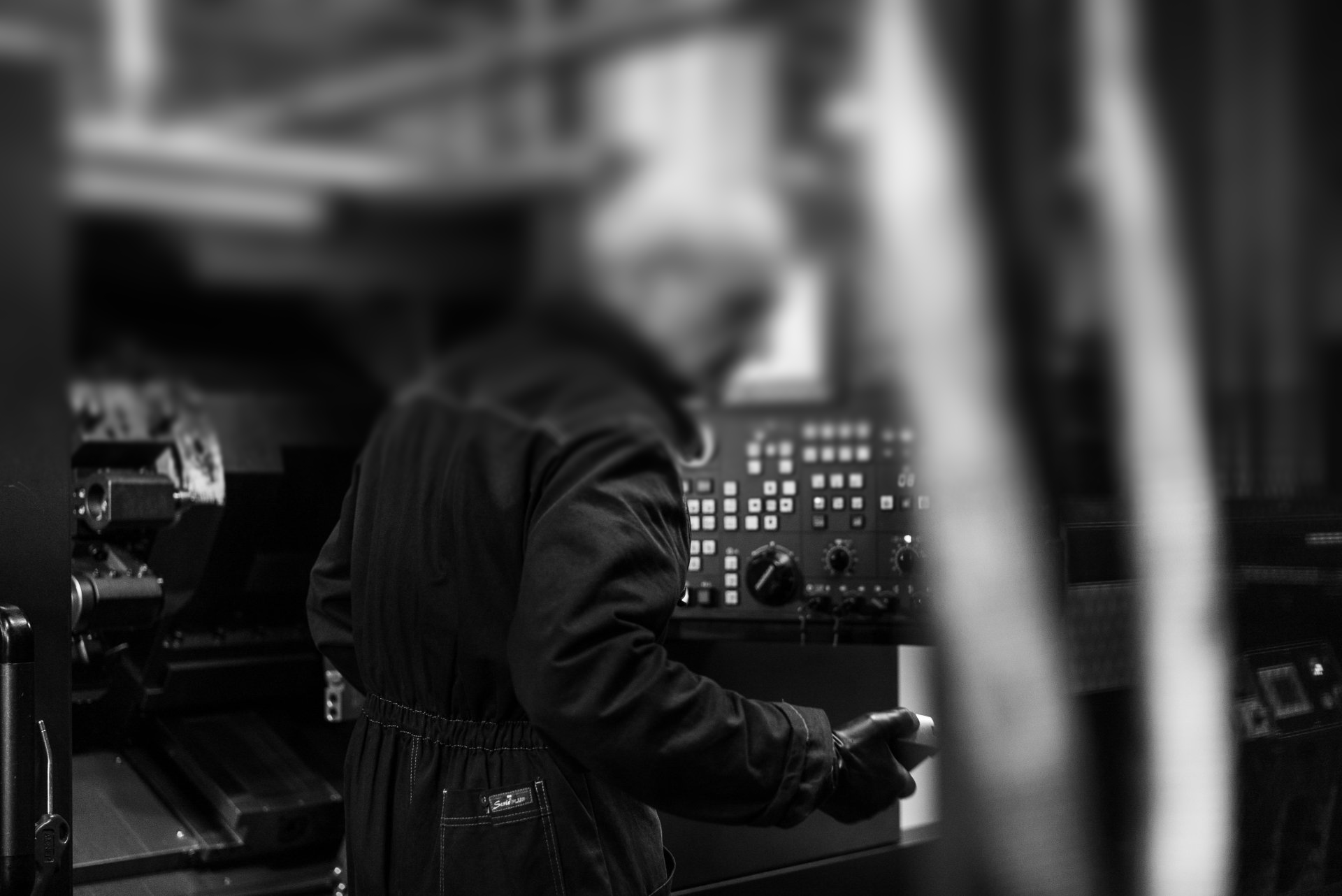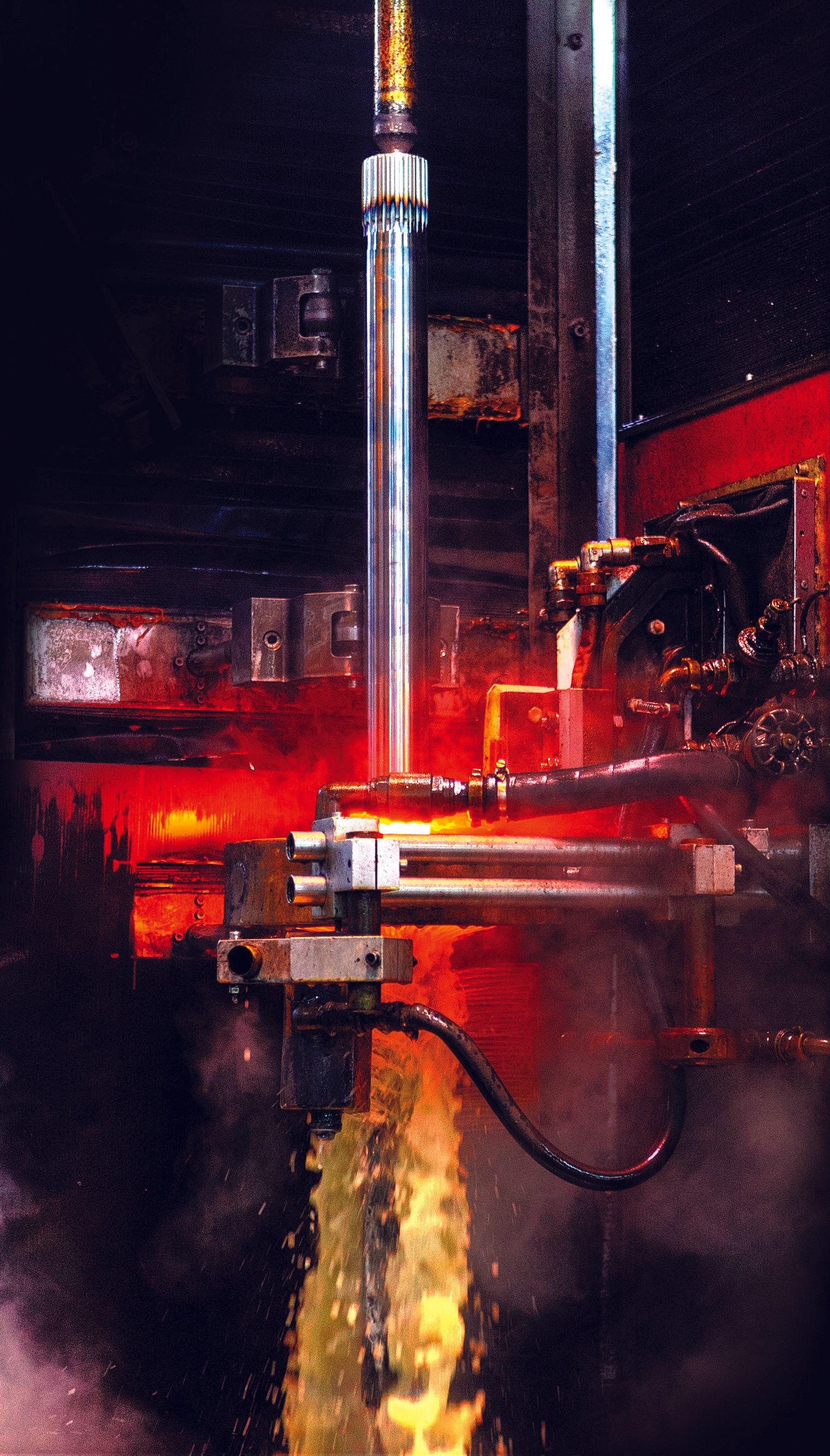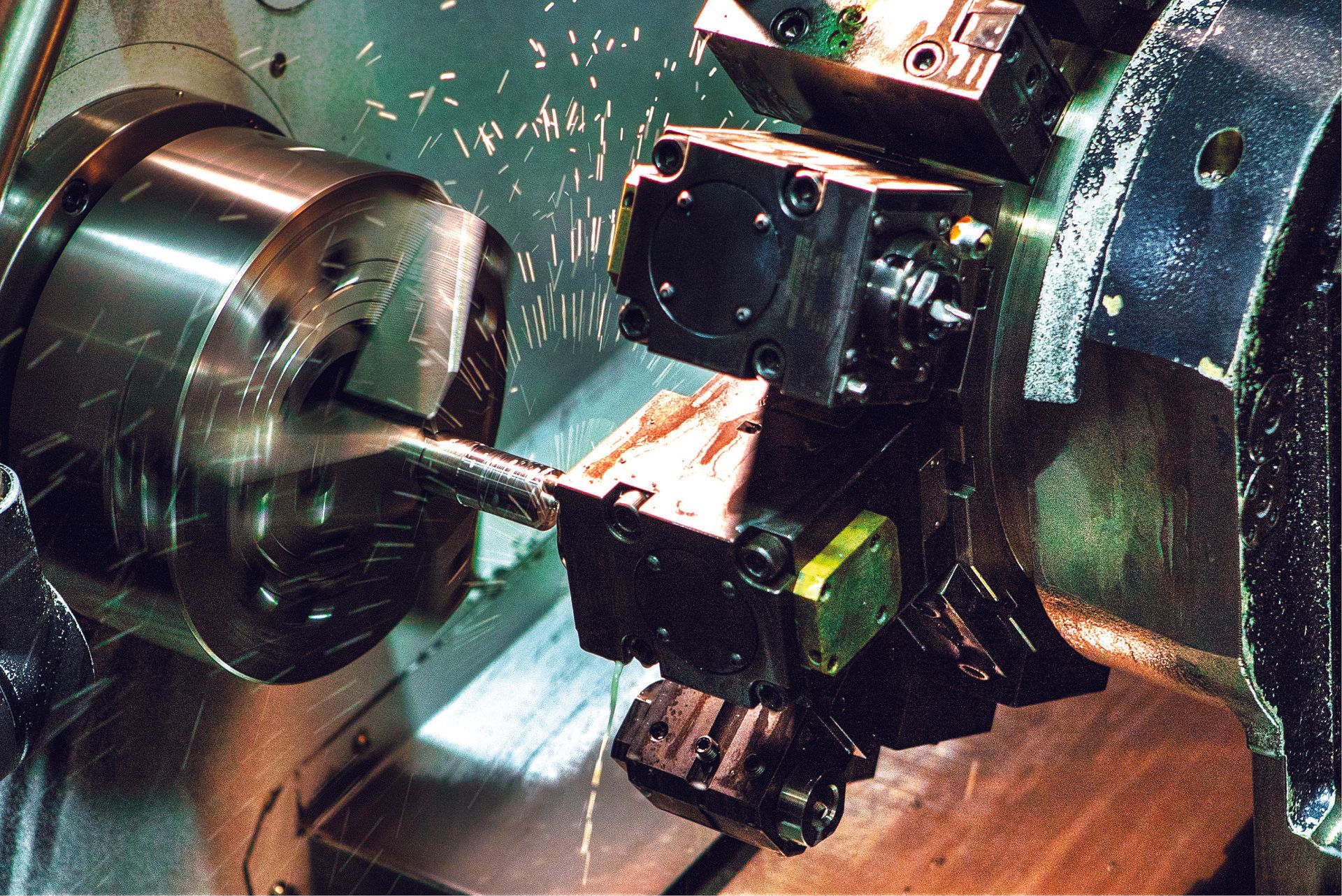Productive Process
Productive Process
The finished product is the result of a series of work steps performed by specialized personnel with machines of the latest generation for
facing - turning - milling - drilling - grinding - toothing - broaching - induction hardening
The manufacturing system necessary to model the elements in the removal slivers technique uses the most advanced technology available and guarantees the base for the construction of the "mechanical processing" and ensures precision in the assembly process.
TRENTON DEVELOPS ITS BUSINESS WITH THE MOST IMPORTANT SUPPLIERS OF CNC MACHINES
Technological innovation in the industrial sector has proven to be a key factor for improved productivity, increased profits, and enhanced competitiveness in the global market. Thanks to advances in technology, the industry has been able to achieve new levels of efficiency and cost reduction.
An example of technological innovation in the industrial sector is the introduction of intelligent machines and robots. These automated systems can perform repetitive tasks faster, more precisely, and more efficiently than humans. This allows companies to increase production and reduce errors, thereby improving the quality of the final product.
Furthermore, industrial technology 4.0
has led to the adoption of sensors and Internet of Things (IoT) devices, enabling machines to communicate with each other and with human operators. This connectivity facilitates the collection and analysis of data, allowing companies to monitor and optimize production processes.
Another example of technological innovation in industry is represented by artificial intelligence (AI) and machine learning. These technologies enable machines to learn and make decisions autonomously based on collected data. This results in improved efficiency and productivity, as well as the ability to predict and prevent failures and issues.
Technological innovation in the industrial sector has also led to the creation of new materials and sustainable solutions. For instance, 3D printing has revolutionized the production of prototypes and customized components, reducing costs and production time. Additionally, the use of recyclable and low-carbon-emission materials contributes to reducing the environmental impact of the industry.
However, with industrial technological innovation come new challenges. For example, increasing automation and the introduction of new technologies may lead to a reduction in human jobs. Therefore, it is important to develop policies and programs to ensure that workers have the necessary skills to adapt to changes and benefit from the opportunities created by technological innovation.
In conclusion, technological innovation in the industrial sector is revolutionizing manufacturing and business processes. Through technology, companies can increase productivity, reduce costs, and improve product quality. However, it is essential to address challenges and ensure that industrial technological innovation is socially and environmentally sustainable.
Trenton
S.p.a.
Società Unipersonale
via Matilde di Canossa, 21
41044 - Frassinoro (MO) Italy
© Copyright 2018 Trenton. All rights reserved. | P.I. 00444610364 |



































